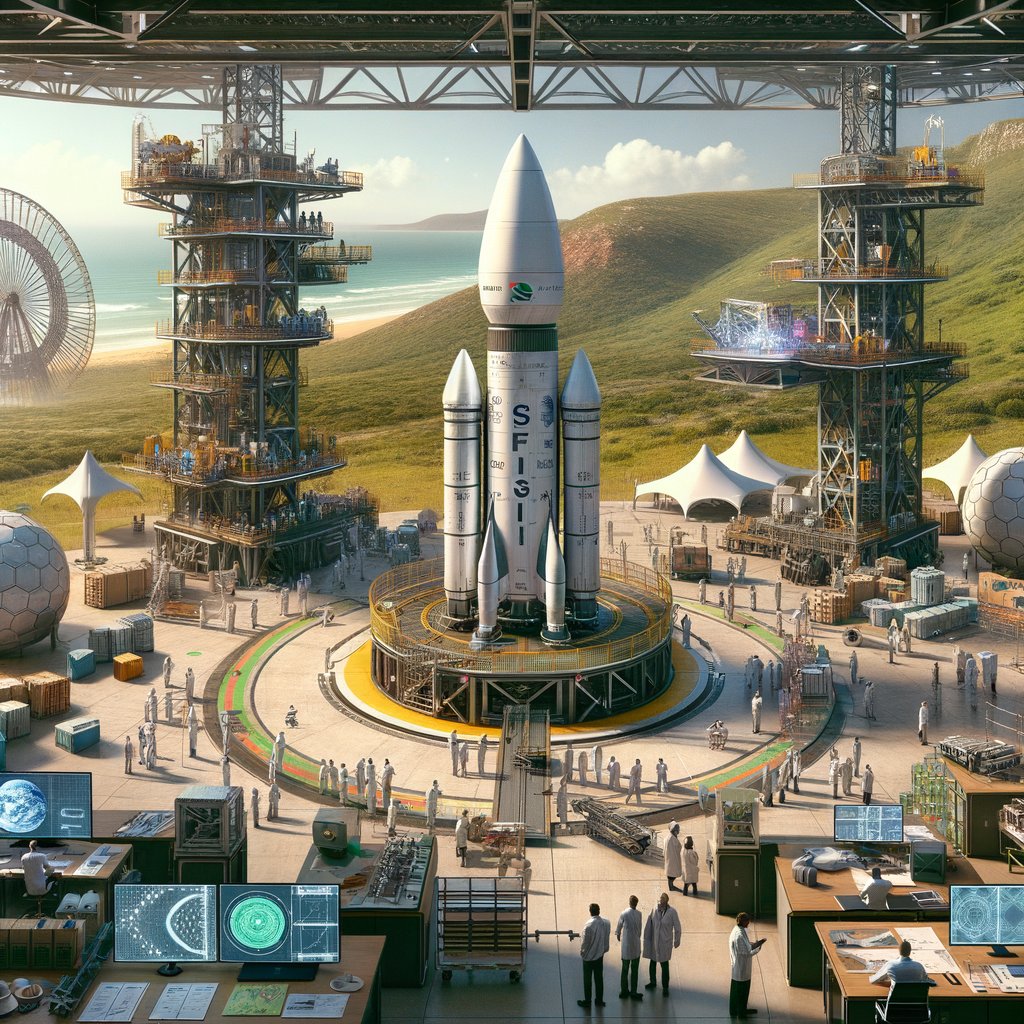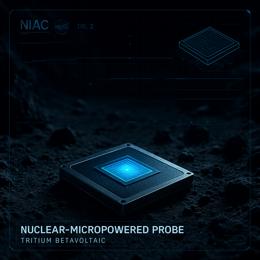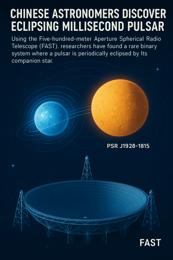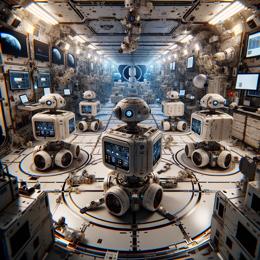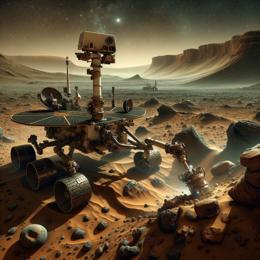Image created by AI
South Africa’s ASRI and Sansa Launch New Era in Space Research with Advanced Rocket Gantry
In a significant leap for South African space capabilities, the South African National Space Agency (Sansa) and the Aerospace Systems Research Institute (ASRI) unveiled a new rocket gantry at the Denel Overberg Test Range in Arniston. This move marked a milestone with the successful deployment of a suborbital sounding rocket, which carried a specialized payload designed to measure the Earth’s magnetic field.
Since its establishment in May 2024, ASRI, which operates under the University of KwaZulu-Natal’s mechanical engineering faculty, has prioritized the development of indigenous commercial space capabilities. The institute's lineage traces back to 2009 with the formation of the Aerospace Research Group by professors Jean Pitot and Mike Brooks, leading to significant advancements including the creation of the Phoenix series hybrid rockets.
Among the rocket families, the Phoenix-1A and Phoenix-1B have achieved notable records including reaching the highest altitude ever by an African hybrid rocket at 17.9 km. The new gantry, inaugurated on December 3, 2024, by the Deputy Minister of Science, Technology, and Innovation, Nomalungelo Gina, represents a crucial infrastructural step towards supporting more significant ventures, including potential orbital launches.
Designed for adaptability, the gantry features an advanced aiming and control system, capable of 360-degree horizontal rotation and vertical adjustments, catering perfectly to the launch conditions required for precision in suborbital missions. During its initial operations, the facility successfully conducted launches of the Phoenix-1D and Phoenix-1E sounding rockets.
In collaboration with the Czech Technical University’s Department of Measurement, Sansa equipped the rockets with a bespoke payload inclusive of an Anisotropic Magneto-Resistive magnetometer, among other measurement instruments, confirming the potential of the new launch site by achieving intended altitudes and successfully gathering magnetic data.
Looking forward, ASRI is not resting on its laurels. The institute is working vigorously on the South African First Rocket Engine (Saffire), aiming to propel the sub-orbital vehicle STeVe and, eventually, a Commercial Launch Vehicle (CLV) expected to handle small satellite payloads between 200kg and 500kg into orbit. With nine Saffire engines powering the booster stage and another on the upper stage, ASRI anticipates its orbital launches could commence as early as 2028.
As these developments unfold, both ASRI and Sansa are setting the stage for a robust space research environment, boosting South Africa's stance in the international space community and fueling aspirations for the next generation of space scientists and engineers.
